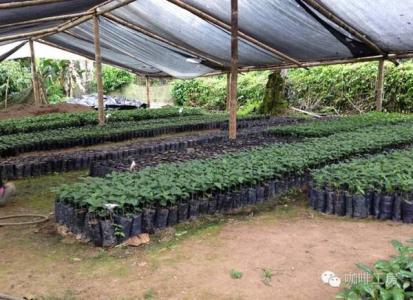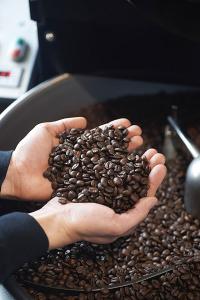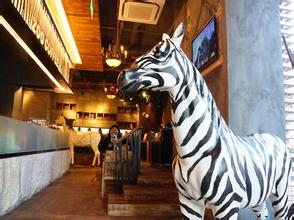Processing method, Flavor description and Grinding scale of Coffee beans from Queen's Manor in Mojiana, Brazil
Processing method, Flavor description and Grinding scale of Coffee beans from Queen's Manor in Mojiana, Brazil
The main grape varieties grown in the Queen's Manor area include Shiraz, Cabernet Sauvignon and Chardonnay. Other varieties include Merlot. Among them, Shiraz is widely cultivated here, and the wine produced has a unique mint aroma, while the wine made from Cabernet Sauvignon is elegant with fine powdered tannins. The region also produces a blend of Cabernet Sauvignon and Shiraz. The red wines of Queen's Manor include Pinfu varieties with different styles, as well as strong Semillon-Sauvignon Blanc. The quality and labeling integrity of all wines are approved and approved by the government.
The quality of coffee beans produced at high elevations in the south is appreciated, mainly by the farms around the Minas high platform, and the coffee quality is also the largest among Brazilian beans, such as Sirado in the west of Minas and Matas in the east, Bashiya in the north or small farms in the south, Minas has almost become synonymous with Brazilian boutique coffee. In recent years, the coffee competition is accurate to be separated by treatment (water treatment / half water washing / half sun / sun exposure), developing a variety of flavors, mouthfeel and aftertaste.
Coffee was first introduced to Brazil in the early 18th century. In 1727, the Brazilian government sent a personable army officer to secretly bring coffee seeds from French Gaiana to Brazil on the pretext of mediating border disputes. It is said that the governor's wife of French Gayana was so fascinated by the officer that she secretly brought coffee tree seeds to him at a farewell dinner party. At present, 2 million hectares of land in Brazil is used to grow coffee, with the largest being Arabica. The beans will eventually be sent to the big bakers in various countries, known as Santos (in the name of the port of export, santos, not the producing area).

Important Notice :
前街咖啡 FrontStreet Coffee has moved to new addredd:
FrontStreet Coffee Address: 315,Donghua East Road,GuangZhou
Tel:020 38364473
- Prev

Grinding scale of Yejia Coffee Cochel G2 Coffee by description of taste and Flavor
Yega Chet Coffee Cochel G2 Coffee Flavor description Grinding scale the so-called Yega Chevy refers to strong aromas of jasmine, lemon or lime acid, as well as sweet peaches, almonds or tea. On the other hand, the smell of blueberries is particularly prominent this season, and the room is full of blueberries after grinding. Kochere Cochell is located in southwest Ethiopia, 25 miles to the north and is famous.
- Next

How Salvadoran coffee beans are washed by hand the story of the flavor characteristics of Salvadoran coffee beans
El Salvador coffee beans hand-flushed method powder-to-water ratio flavor description El Salvador, the coffee beans rich in the Kuskabapa region are the best, slightly lighter, aromatic, pure and slightly sour. Like Guatemala and Costa Rica, coffee in El Salvador is graded according to altitude, and the higher the altitude, the better the coffee. The best brand is Pip, its
Related
- Detailed explanation of Jadeite planting Land in Panamanian Jadeite Manor introduction to the grading system of Jadeite competitive bidding, Red bid, Green bid and Rose Summer
- Story of Coffee planting in Brenka region of Costa Rica Stonehenge Manor anaerobic heavy honey treatment of flavor mouth
- What's on the barrel of Blue Mountain Coffee beans?
- Can American coffee also pull flowers? How to use hot American style to pull out a good-looking pattern?
- Can you make a cold extract with coffee beans? What is the right proportion for cold-extracted coffee formula?
- Indonesian PWN Gold Mandrine Coffee Origin Features Flavor How to Chong? Mandolin coffee is American.
- A brief introduction to the flavor characteristics of Brazilian yellow bourbon coffee beans
- What is the effect of different water quality on the flavor of cold-extracted coffee? What kind of water is best for brewing coffee?
- Why do you think of Rose Summer whenever you mention Panamanian coffee?
- Introduction to the characteristics of authentic blue mountain coffee bean producing areas? What is the CIB Coffee Authority in Jamaica?

